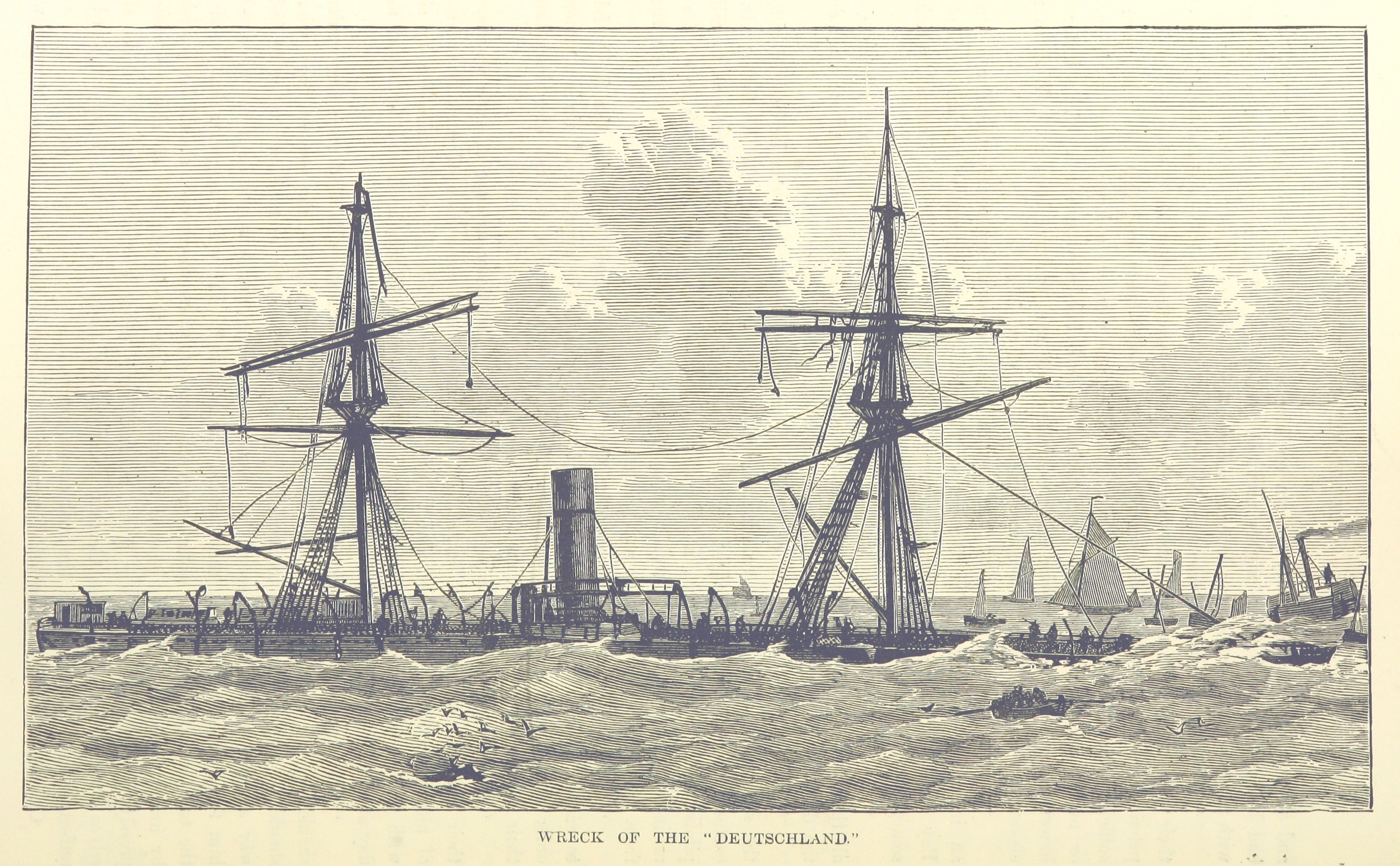Kentish Knock Lightship on:
[Wikipedia]
[Google]
[Amazon]
The Kentish Knock is a long



''Chevron finds gas at Kentish Knock South-1 well''
offshoretechnology.com, accessed 2014-04-19
* Dogger Bank, a many-times bigger bank that extends further east, about 150 miles north
shoal
In oceanography, geomorphology, and geoscience, a shoal is a natural submerged ridge, bank, or bar that consists of, or is covered by, sand or other unconsolidated material and rises from the bed of a body of water to near the surface. It ...
(bank, shallows) in the North Sea east of Essex, England. It is the most easterly of those of the Thames Estuary and its core, which is shallower than , extends . Thus it is a major hazard to deep-draught navigation. It is exactly due east of Foulness Point
Foulness Island () is a closed island on the east coast of Essex in England, which is separated from the mainland by narrow creeks. In the 2001 census, the usually resident population of the civil parish was 212, living in the settlements of Chu ...
, Essex and is centred about NNE of North Foreland
North Foreland is a chalk headland on the Kent coast of southeast England, specifically in Broadstairs.
With the rest of Broadstairs and part of Ramsgate it is the eastern side of Kent's largest peninsula, the Isle of Thanet. It presents a bo ...
, Kentboth are extreme points of those counties.
Shape
It is about equidistant between, on the one hand, the south-west North Sea tidal amphidromic point (place of negligible tides); and splayed on the other the narrowest point and endpoint of the English Channel (theStrait of Dover
The Strait of Dover or Dover Strait (french: Pas de Calais - ''Strait of Calais''), is the strait at the narrowest part of the English Channel, marking the boundary between the Channel and the North Sea, separating Great Britain from continent ...
) (southeast) and heart of the Tideway (southwest) which have by contrast high tidal range. It is thus among a succession of banks which are aligned NNE to SSW but turn towards the estuary narrowing further west. In line with the erosion and deposition from each such regular tide, its northits steepest, narrowest part veers slightly more towards north-south alignment than its south.
Ecology
Made of sand and gravel, it hostshermit crabs
Hermit crabs are anomuran decapod crustaceans of the superfamily Paguroidea that have adapted to occupy empty scavenged mollusc shells to protect their fragile exoskeletons. There are over 800 species of hermit crab, most of which possess an a ...
, sand goby
The sand goby (''Pomatoschistus minutus''), also known as a polewig or pollybait, is a species of ray-finned fish native to marine and brackish waters European waters from the Baltic Sea through the Mediterranean Sea and into the Black Sea where ...
, ray
Ray may refer to:
Fish
* Ray (fish), any cartilaginous fish of the superorder Batoidea
* Ray (fish fin anatomy), a bony or horny spine on a fin
Science and mathematics
* Ray (geometry), half of a line proceeding from an initial point
* Ray (g ...
s and catsharks. In rare species it has visiting red-throated divers. Channels are believed to have been caused by glacial floodwaters many millennia ago. Since 2012, The Wildlife Trusts have been campaigning for recognition of a 96 km2 section of the Knock, known as Kentish Knock East, as a Marine Conservation Zone.
Scope and soundings
To explain the numbers on the inset map a depth of 11 is a formula of six feet (i.e. onefathom
A fathom is a unit of length in the imperial and the U.S. customary systems equal to , used especially for measuring the depth of water. The fathom is neither an International Standard (SI) unit, nor an internationally-accepted non-SI unit. Hi ...
) and 1 foot. It is fathoms. Some of Kentish Knock is, or was, at normal low tide "01". At just one foot in depth it will have become exposed at the ebb phase of most extreme, spring tides.
Maritime history



See also
* Carnarvon Basin, Australia, where ''Kentish Knock South-1'' is an exploratory oil well in the Mungaroo Sands.offshoretechnology.com, accessed 2014-04-19
References
{{coord, 51, 40, N, 01, 37, E, type:landmark_source:dewiki, display=title Landforms of England Sandbanks of the North Sea Shoals of the United Kingdom Thames Estuary Aviation accidents and incidents locations in England